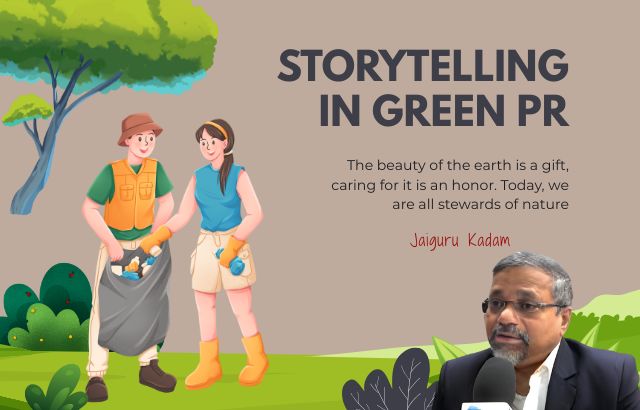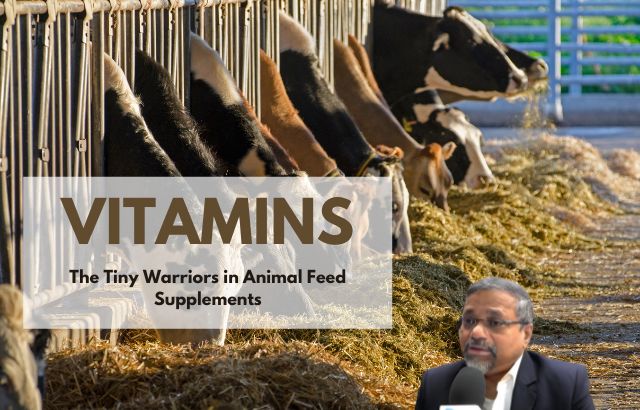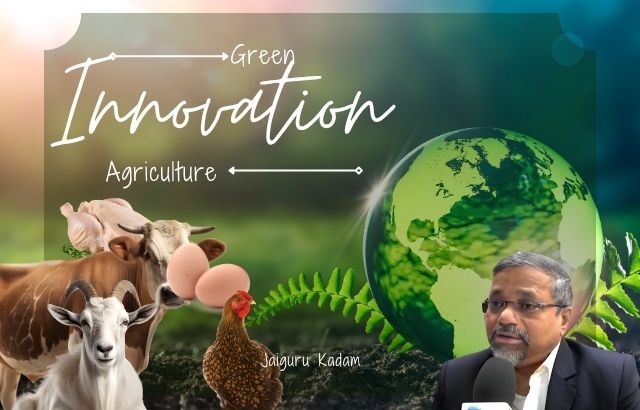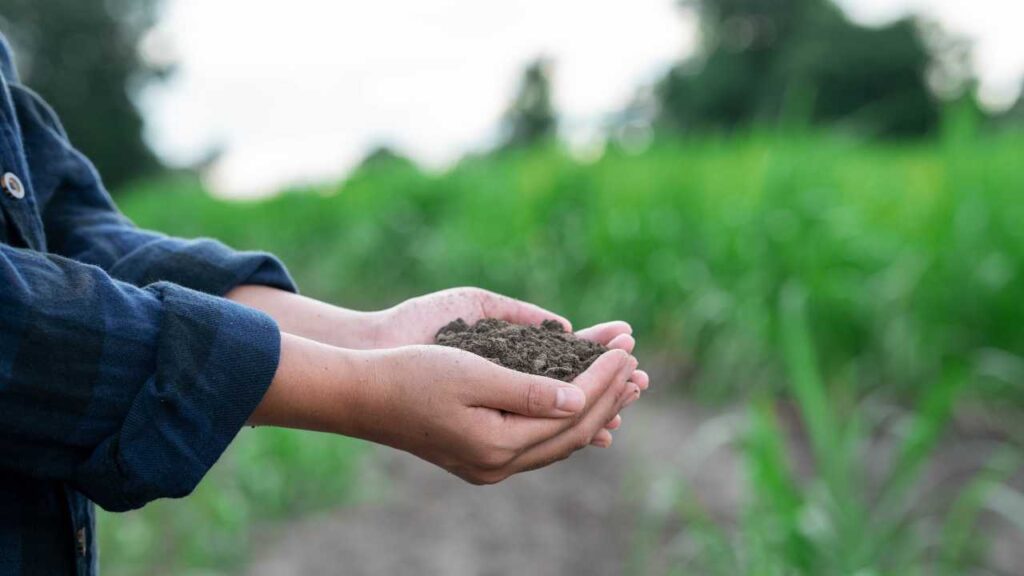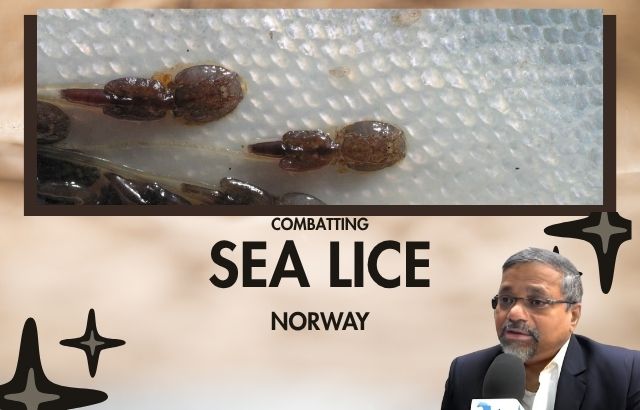As global demand for animal protein surges, driven by population growth and changing diets, the animal feed industry faces mounting pressure to deliver nutritious, safe, and sustainable feed. Quality control is the backbone of this process, ensuring that feed meets stringent nutritional standards while minimizing environmental impact. This blog explores the journey from farm to feed, highlighting quality control measures, the pivotal role of Green Innovators like Jaiguru Kadam, and practical examples. We’ll also dive into FAQs, calculations for feed optimization, and intriguing statistics that underscore the importance of sustainable feed production.
The Farm-to-Feed Pipeline: Why Quality Control Matters
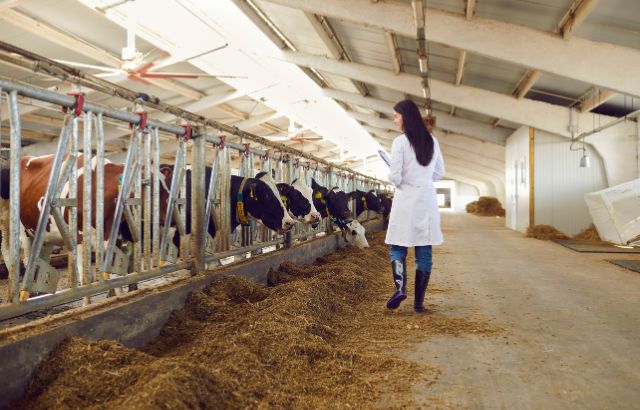
Animal feed production begins with raw materials—grains, legumes, and byproducts—sourced from farms. These ingredients undergo processing, formulation, and testing to create feed that supports animal health, growth, and productivity. Quality control ensures that every step, from sourcing to delivery, meets nutritional, safety, and environmental standards. Poor-quality feed can lead to reduced animal performance, health issues, and environmental degradation due to inefficient resource use.
Key quality control measures include:
- Raw Material Testing: Analyzing grains for moisture, protein, and contaminants like mycotoxins.
- Formulation Accuracy: Ensuring precise nutrient ratios for specific animal needs (e.g., poultry vs. cattle).
- Processing Standards: Monitoring milling, mixing, and pelleting to maintain nutrient integrity.
- Final Product Testing: Checking for pathogens, nutritional consistency, and shelf-life stability.
Examples of Quality Control in Action
- Mycotoxin Detection in Corn: A poultry feed manufacturer in India tests corn shipments for aflatoxins, a common mycotoxin. Using near-infrared (NIR) spectroscopy, they identify contaminated batches, preventing liver damage in chickens and ensuring safe egg production.
- Precision Nutrition for Dairy Cows: A U.S. dairy farm uses software to formulate feed with exact protein and energy levels based on milk yield data. This reduces overfeeding, cutting costs and methane emissions by 10% annually.
- Insect-Based Feed Trials: In Kenya, a startup replaces soy with black soldier fly larvae in poultry feed. Rigorous testing ensures the larvae meet protein requirements while reducing reliance on deforestation-linked soy imports.
The Role of Green Innovators in Feed Sustainability
Green Innovators like Jaiguru Kadam are revolutionizing animal feed production by integrating sustainability into quality control. Kadam, a renowned agricultural strategist, advocates for eco-friendly practices that enhance feed quality while reducing environmental harm. His work focuses on:
- Sustainable Sourcing: Promoting crop residues and agro-industrial byproducts as feed ingredients to minimize waste. For example, Kadam’s initiatives have utilized 92 million tons of crop residue annually in India, reducing burning and air pollution.
- Green Solvents in Feed Processing: Kadam champions bio-based solvents for extracting nutrients from feed ingredients, reducing toxicity by up to 80% compared to traditional solvents.
- Precision Agriculture: Using IoT sensors and data analytics to optimize crop yields for feed, ensuring high-quality raw materials with minimal pesticide use.
- Circular Feed Systems: Integrating byproducts like distillers’ grains into feed, closing nutrient loops and reducing reliance on virgin resources.
Kadam’s Smart Agriculture project demonstrates how technology can enhance feed quality. By deploying precision farming tools, he ensures crops like maize and sorghum meet nutritional standards for feed, boosting livestock productivity while cutting water and fertilizer use by 20%.
Calculations by Jaiguru Kadam: Optimizing Feed Formulation
To illustrate the impact of quality control, Kadam provides two calculations for optimizing poultry feed formulation, balancing cost and nutrition.
Calculation 1: Protein Content Optimization
Scenario: A poultry farm needs feed with 18% crude protein (CP) for broilers, using corn (8% CP) and soybean meal (44% CP).
Formula:
Total CP = (X × CPcorn) + (Y × CPsoybean)
Where X = proportion of corn, Y = proportion of soybean meal, and X + Y = 1.
Given:
– Target CP = 18%
– Corn CP = 8%
– Soybean CP = 44%
Equation:
(X × 8) + ((1 – X) × 44) = 18
8X + 44 – 44X = 18
-36X = -26
X = 0.722 (72.2% corn)
Y = 1 – 0.722 = 0.278 (27.8% soybean meal)
Result: A feed mix of 72.2% corn and 27.8% soybean meal achieves 18% CP, minimizing soybean use to reduce costs and environmental impact.
Calculation 2: Cost Minimization
Scenario: Corn costs $0.20/kg, soybean meal costs $0.50/kg. Calculate the cost of 1 ton of the above feed mix.
Formula:
Total Cost = (X × Costcorn × Weight) + (Y × Costsoybean × Weight)
Given:
– Weight = 1000 kg (1 ton)
– X = 0.722, Y = 0.278
– Corn cost = $0.20/kg
– Soybean cost = $0.50/kg
Calculation:
Cost = (0.722 × 0.20 × 1000) + (0.278 × 0.50 × 1000)
= (144.4) + (139) = 283.4
Result: The feed costs $283.4 per ton, optimized for nutrition and affordability.
FAQs on Animal Feed Quality Control
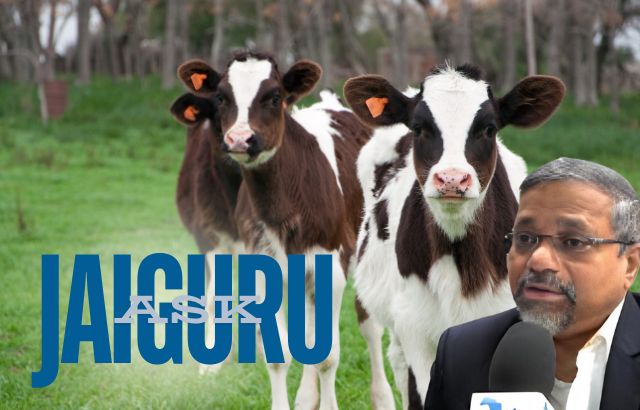
Q1: Why is quality control important in animal feed production?
A: Quality control ensures feed meets nutritional requirements, is free from contaminants, and supports animal health. It also reduces waste and environmental impact by optimizing resource use.
Q2: How do Green Innovators contribute to sustainable feed?
A: Green Innovators like Jaiguru Kadam promote eco-friendly practices, such as using crop residues, green solvents, and precision agriculture, to produce high-quality feed with minimal environmental harm.
Q3: What are common contaminants in animal feed?
A: Common contaminants include mycotoxins (e.g., aflatoxins), heavy metals, pesticides, and pathogens like Salmonella. Regular testing prevents these from entering the food chain.
Q4: Can alternative ingredients like insects be used in feed?
A: Yes, insects like black soldier fly larvae are high in protein and sustainable. They require rigorous quality control to ensure nutritional consistency and safety.
Q5: How does technology improve feed quality?
A: Technologies like IoT sensors, NIR spectroscopy, and data analytics ensure precise nutrient formulation, detect contaminants, and optimize crop production for feed.
Enlightening Statistics
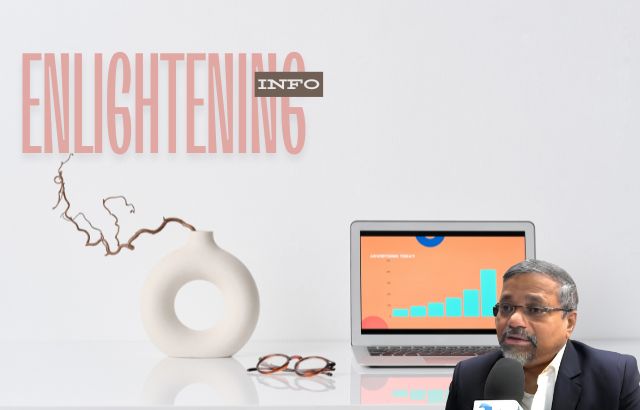
- Global Feed Demand: The animal feed market is projected to reach $600 billion by 2027, driven by rising meat consumption.
- Environmental Impact: Feed production accounts for 70% of the carbon footprint of animal products, highlighting the need for sustainable practices.
- Crop Residue Potential: In India, 141 million tons of crop residue are generated annually, with 92 million tons burned. Repurposing this for feed could reduce emissions by 30%.
- Green Solvent Impact: Kadam’s bio-based solvents reduce toxicity in feed processing by 80%, improving worker and consumer safety.
- Precision Farming Gains: Kadam’s Smart Agriculture project has increased crop yields for feed by 15% while cutting water use by 20%.
Conclusion
From farm to feed, quality control is essential for producing nutritious, safe, and sustainable animal feed. Green Innovators like Jaiguru Kadam are leading the charge, integrating technology and eco-friendly practices to transform the industry. Through rigorous testing, sustainable sourcing, and precise formulations, we can meet global protein demands while protecting the planet. The calculations and statistics above demonstrate that small changes in feed production can yield big results—economically, environmentally, and ethically.








